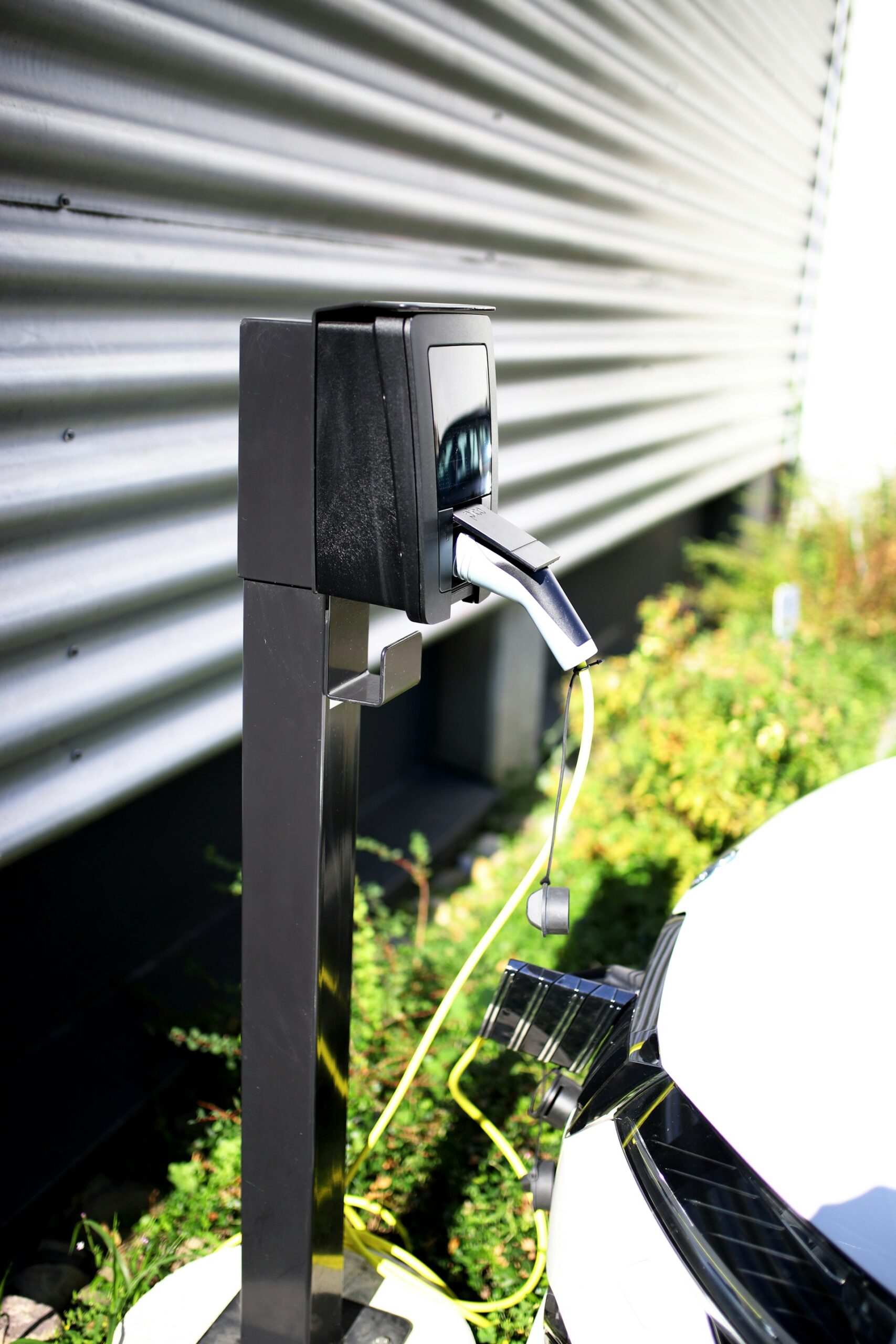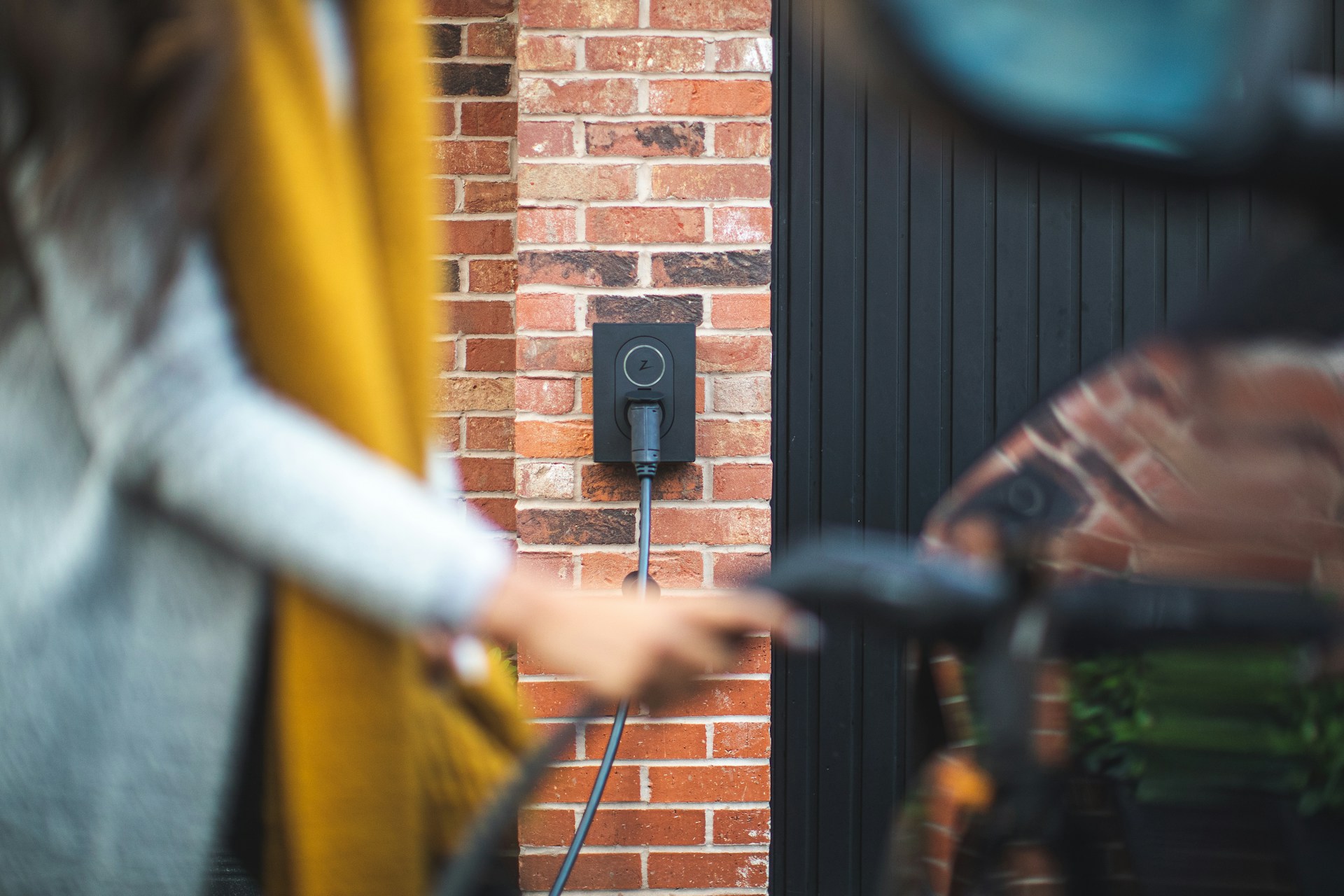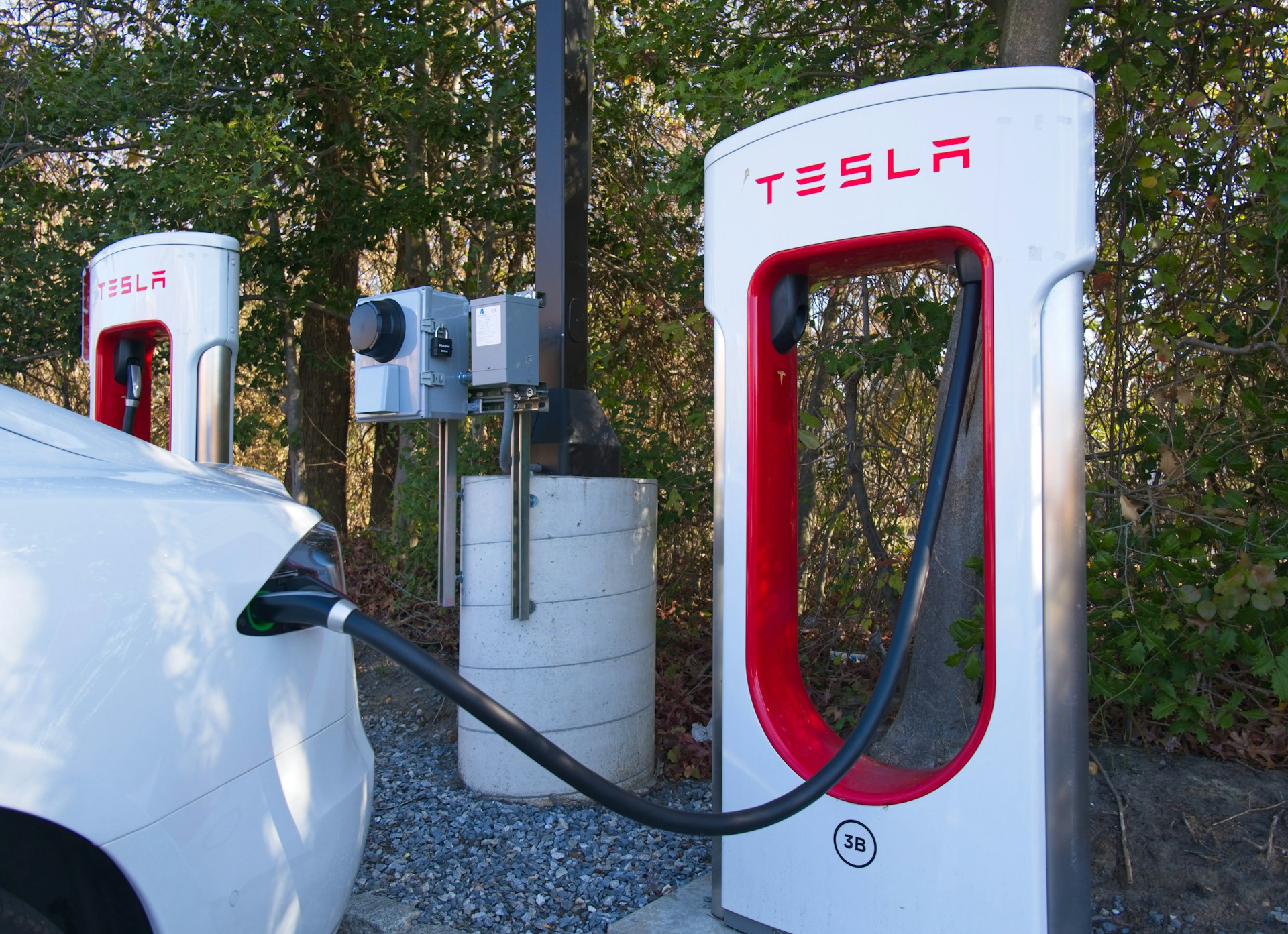Electric vehicles (EVs) are buzzing right now. Yet, there’s a ton of misinformation out there that can make your head spin faster than a Tesla in turbo mode! We’re here to dispel some common myths about EV charging.
Ever heard someone say charging an EV takes forever? Or that it will make your electricity bill skyrocket? Well, strap in—let’s hit the brakes on these myths and discover the real deal.

Myth 1: EVs Have a Limited Range and Can’t Go Far
Truth: Today’s EVs pack a punch in terms of range. Many modern models can travel over 200 miles on a single charge. High-end models? They can even exceed 300 miles. That’s enough to let you drive from Los Angeles to Las Vegas without stopping to recharge! As for the charging infrastructure, it’s expanding at a galloping pace, making it easier to take long trips. Charging stations are popping up everywhere from city centers to remote highways, which makes range anxiety a thing of the past.
Myth 2: EVs Take Too Long to Charge
Truth: While it’s true that some old EV models took their sweet time recharging, technology has made leaps and bounds.
Fast chargers like the pantograph charger can recharge an EV to 80% in about 30 minutes. Home chargers are also incredibly practical; plug your car in before going to bed, and wake up to a fully charged vehicle each morning.
Myth 3: There Aren’t Enough Charging Stations
Truth: Think again! The number of charging stations is growing rapidly. Major cities and highways are now dotted with numerous charging points, and new installations continue to spring up like mushrooms after rain. Finding a place to power up your EV is becoming as easy as finding a coffee shop—maybe even easier.
Myth 4: EV Charging is Expensive
Truth: Surprise, surprise— Charging an EV is generally cheaper than fueling a gasoline vehicle. Home rates are usually lower than public charging rates, but even public chargers often have competitive prices or offer free charging options. All in all, you’ll probably spend less money keeping your EV running smoothly compared to traditional gasoline cars.
Myth 5: EVs Can’t Be Charged in the Rain
Truth: Fear not, weather warriors—you can indeed charge your electric vehicles in the rain. Both EVs and their charging stations are designed with safety features to weather various conditions, including rain. They meet rigorous safety standards, so you can safely juice up your car regardless of what Mother Nature throws at you.
Myth 6: Charging an EV is Complicated
Truth: Charging an EV is straightforward! Most chargers use standard connectors, meaning you won’t need an engineering degree to figure out how they work. Plus, many vehicles come equipped with smartphone apps that help locate chargers and monitor the charging process.
The experience is somewhat akin to using a gasoline pump—tap here, click there, and you’re ready to roll.
Myth 7: EV Batteries Wear Out Quickly
Truth: Modern EV batteries are designed for longevity and can often last over 200,000 miles with minimal degradation. Not something you’d achieve with regular daily driving for years! Manufacturers usually back these claims with extensive warranties—often covering up to 8 years or more. So rest easy knowing your investment is protected for a long time.
Myth 8: EVs Are Only for City Driving
Truth: This one couldn’t be further from reality— EVs are versatile! They’re well-suited for all types of driving conditions: city commuting, suburban cruises, or highway travel. Their instant torque allows for smooth acceleration, making them excellent for any kind of journey. Don’t typecast them just yet!
Myth 9: Charging at Home Requires Expensive Equipment
Truth: Here’s some good news: many EVs can be charged using a standard home outlet right at home. Of course, if you prefer faster charging speeds, investing in a dedicated home charging station is relatively affordable and simple to set up with help from a certified electrician.
Myth 10: EV Charging is Bad for the Environment
Truth: While producing electricity does involve emissions, overall, electric vehicles remain much cleaner alternatives compared with gasoline-powered cars over their lifespan—even factoring in power generation processes currently employed!
Moreover—the grid gradually incorporates bigger proportions of renewable energy sources—resulting in cumulative environmental benefits growing correspondingly ever better!

Conclusion
And there you have it, folks! The top 10 myths about EV charging busted wide open. It’s amazing how many misconceptions float around in our heads. But now you’ve got the knowledge to set things straight next time someone tries to feed you one of those tall tales.
So go ahead, share this newfound wisdom, and be the hero who debunks the myths about EV charging at your next dinner party!






